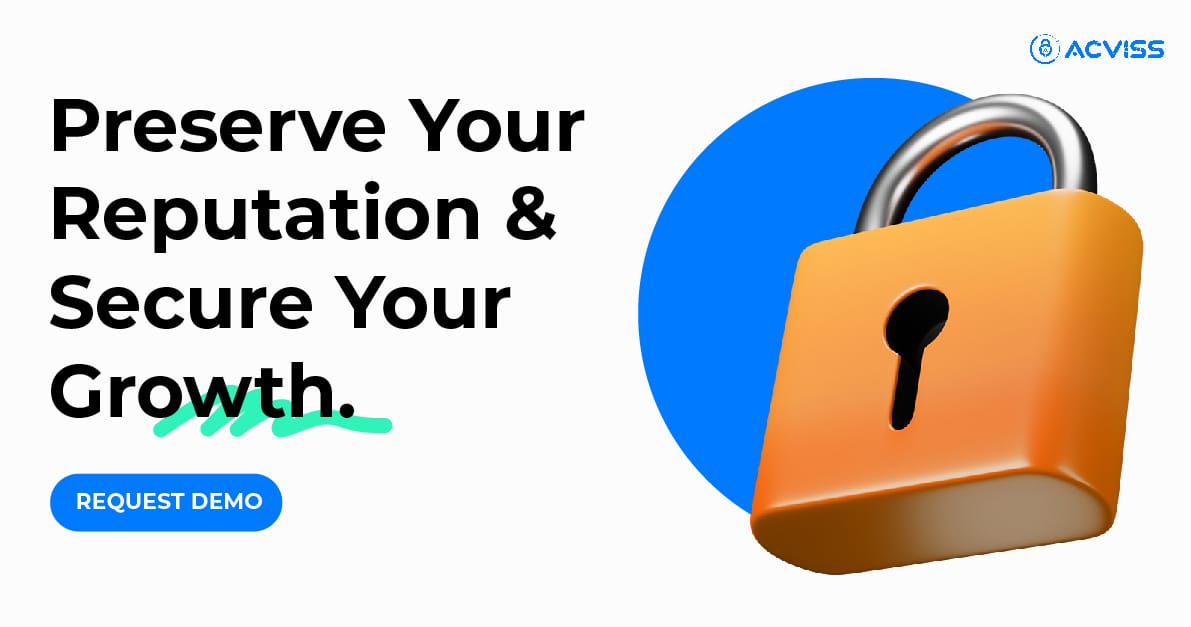Best Practices for Using QR Codes in Your Next Offline Campaigns
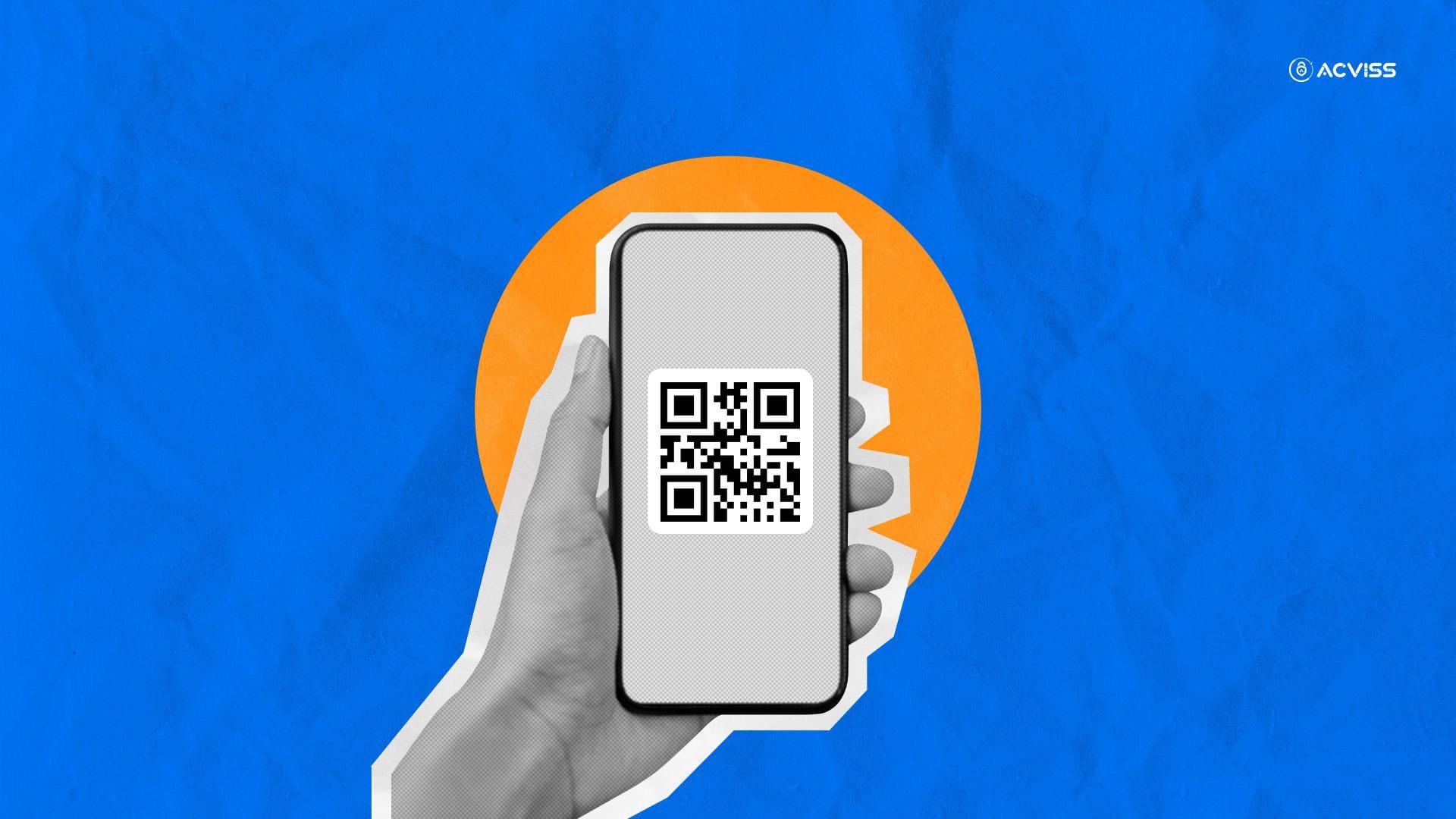
QR codes are like the modern handshake. It connects offline campaigns to digital experiences while safeguarding brands against counterfeiting. In 2025, 99.6 million U.S. smartphone users scan QR codes, and over $3 trillion is lost annually to counterfeiting. Thus, QR codes are vital for offline marketing. Technologies like Acviss Certify solution leverage non-cloneable QR codes to ensure product authenticity and track engagement, making it a game-changer for brands.
In this blo,g we will explore best practices for using QR codes in offline campaigns. It will answer key questions and show how Certify elevates your strategy to prevent fraud and boost consumer trust.
Do QR Codes Still Work in Offline Marketing?
QR codes are thriving in offline marketing, driven by their simplicity and versatility. A 2023 study found 45% of U.S. shoppers scan marketing-related QR codes, and 92% of consumer packaged goods brands use them on packaging. In India, QR codes are ubiquitous in retail and agriculture. It aligns with stringent anti-counterfeiting regulations. Their resurgence is sparked by contactless needs during the COVID-19 pandemic and has made them a staple for bridging physical and digital worlds.
Brands like Nike use QR codes in stores to check product availability, while Coca-Cola’s campaigns unlock time-sensitive offers.
Solutions like Acviss Certify enhance this by enabling consumers to verify product authenticity, as seen with Kitply Industries’ plywood, ensuring no counterfeits infiltrate the market. With 57% of 18–29-year-olds scanning QR codes for information, their relevance in offline campaigns is undeniable, offering engagement and brand protection in one scan.
What’s the Best Size for a QR Code on a Flyer?
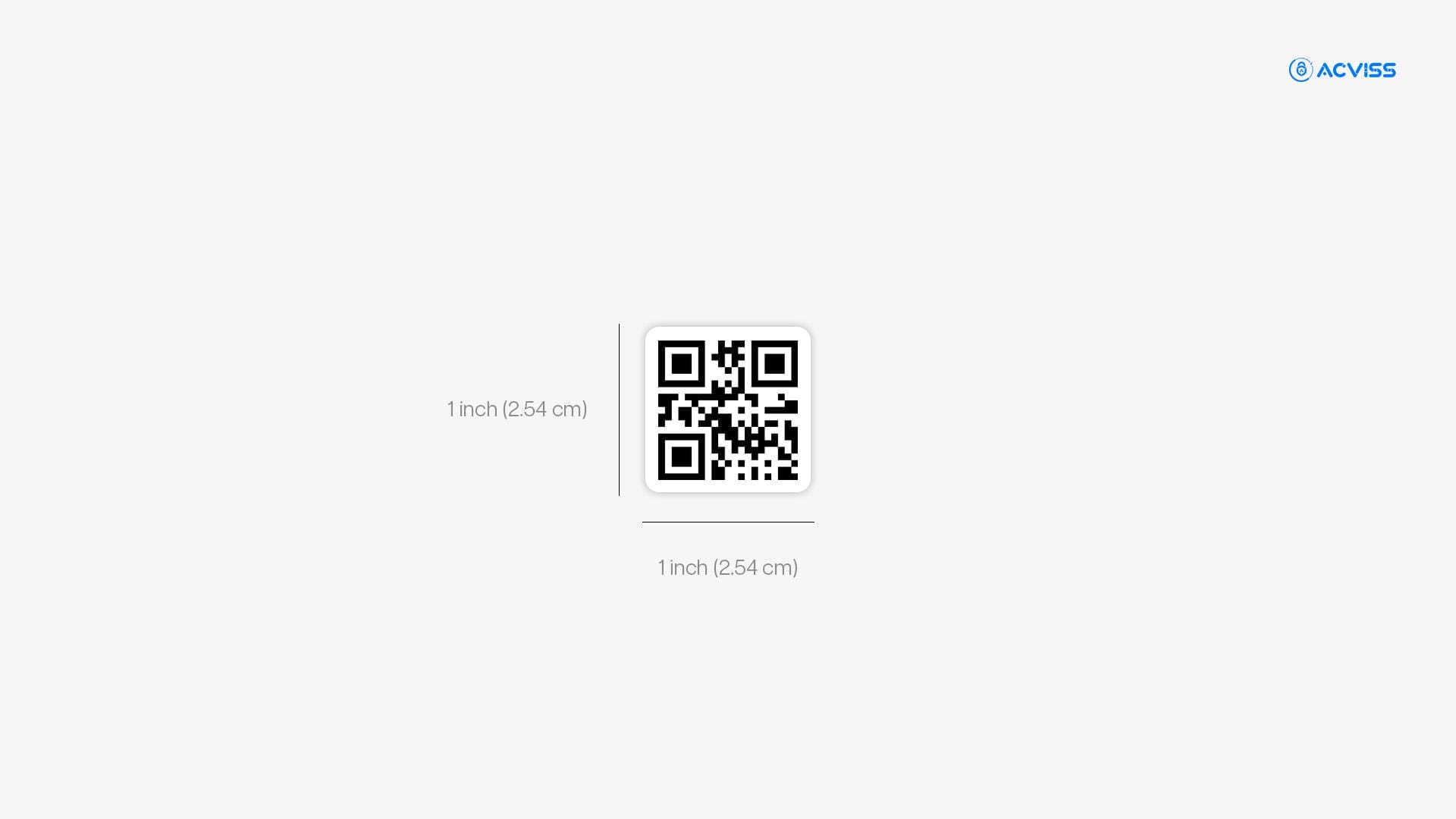
Scannability is key for QR codes on flyers, and size plays a critical role. The minimum size is 1 inch x 1 inch (2.54 cm x 2.54 cm), but 1.5 inches (3.8 cm) is ideal for reliability across devices and distances.
A rule of thumb: allocate 1 cm of QR code size for every 10 cm of scanning distance. For flyers viewed at arm’s length (10–12 inches), a 1.5-inch code ensures smooth scans.
Best practices for flyer QR codes include:
- High Contrast: Use black codes on white backgrounds to avoid scan failures. Low-contrast designs, like grey on white, confuse scanners.
- Sharp Resolution: Print at 300 DPI to maintain clarity. Blurry codes are a common pitfall in low-quality prints.
- Strategic Placement: Position codes in prominent, eye-level spots, avoiding folds or cluttered backgrounds that distort them.
- Clear CTA: Include a call-to-action like “Scan to Verify Authenticity” to guide users. Acviss Certify uses CTAs on flyers to prompt authentication scans, reinforcing trust.
For example, a fashion brand using Certify on a flyer can ensure its 1.5-inch QR code lets customers verify a handbag’s authenticity, protecting the brand while engaging consumers.
How to Track QR Code Scans from Offline Media
Tracking scan performance is essential to gauge campaign success. Dynamic QR codes are the best tool for this, offering real-time analytics on scan frequency, location, time, and device type. Here’s how to track effectively:
- Dynamic QR Code Platforms: Tools like Flowcode or Uniqode provide dashboards with metrics like scan counts and geolocation data, helping brands identify high-engagement areas or potential fraud.
- UTM Parameters: Add UTM tags to the QR code’s URL to track scans via Google Analytics, differentiating offline channels like flyers from digital ones.
- Acviss Certify: Certify’s non-cloneable QR codes enable brands to track authentication scans, providing data on where and when products are verified. This is crucial for detecting unauthorised distribution in offline campaigns, such as on packaging or posters. For instance, Kitply Industries uses Certify to monitor plywood scans, ensuring supply chain transparency.
- Testing: Test codes across iOS and Android devices in various lighting conditions to ensure accurate tracking.
A beverage brand, for example, used dynamic QR codes on bottle labels to track scans, finding 70% came from urban areas. Certify’s tracking could enhance this by flagging scans from unauthorised regions, protecting against grey markets.
How to Make QR Codes More Engaging

An engaging QR code turns a scan into a memorable experience. Here’s how to captivate your audience:
- Custom Designs: Use brand colours, logos, or patterns with generators like QR Code Monkey. Taco Bell’s lemon-shaped QR codes for their Cantinas campaign stood out while remaining scannable.
- Action-Oriented CTAs: Pair codes with CTAs like “Scan for a Discount” or “Verify Your Product.” Starbucks uses CTAs on flyers to drive app downloads.
- Interactive Content: Link to videos, AR experiences, or loyalty programs. Heinz’s QR codes on packaging linked to a sustainability pledge, boosting social media engagement.
- Gamification: Create contests or scavenger hunts, as Nike did with in-store QR code hunts, rewarding scanners with exclusive content.
- Acviss Certify: Certify’s QR codes make scans interactive by verifying product authenticity. A scan of a coffee brand’s flyer could reveal its farm-to-cup journey, engaging eco-conscious consumers.
Consider a scenario: an agriculture brand uses Certify on flyers to let farmers scan QR codes and verify fertiliser authenticity. This builds trust and encourages repeat purchases, aligning with Acviss’s mission to combat counterfeiting.
Static vs. Dynamic QR Codes: Which is Better?
Choosing between static and dynamic QR codes depends on your campaign’s needs:
1. Static QR Codes:
- Link to a fixed URL that can’t be edited post-creation.
- Suitable for permanent links, like a website homepage, or small campaigns without tracking needs.
- Cost-effective but lacks analytics and flexibility.
2. Dynamic QR Codes:
- Allow URL edits and provide tracking analytics, ideal for marketing campaigns.
- Enable content updates without reprinting, as Coca-Cola did for time-based promotions.
- Require a subscription to platforms like Uniqode, but their ROI justifies the cost.
Recommendation: Dynamic QR codes are best for offline campaigns due to their flexibility and analytics. Certify by Acviss uses dynamic QR codes to track authentication scans and update verification data, ensuring robust brand protection. For example, a retailer using Certify on product tags can monitor scans and adjust campaign content to address counterfeit hotspots.
QR Codes in India: Compliance and Trends
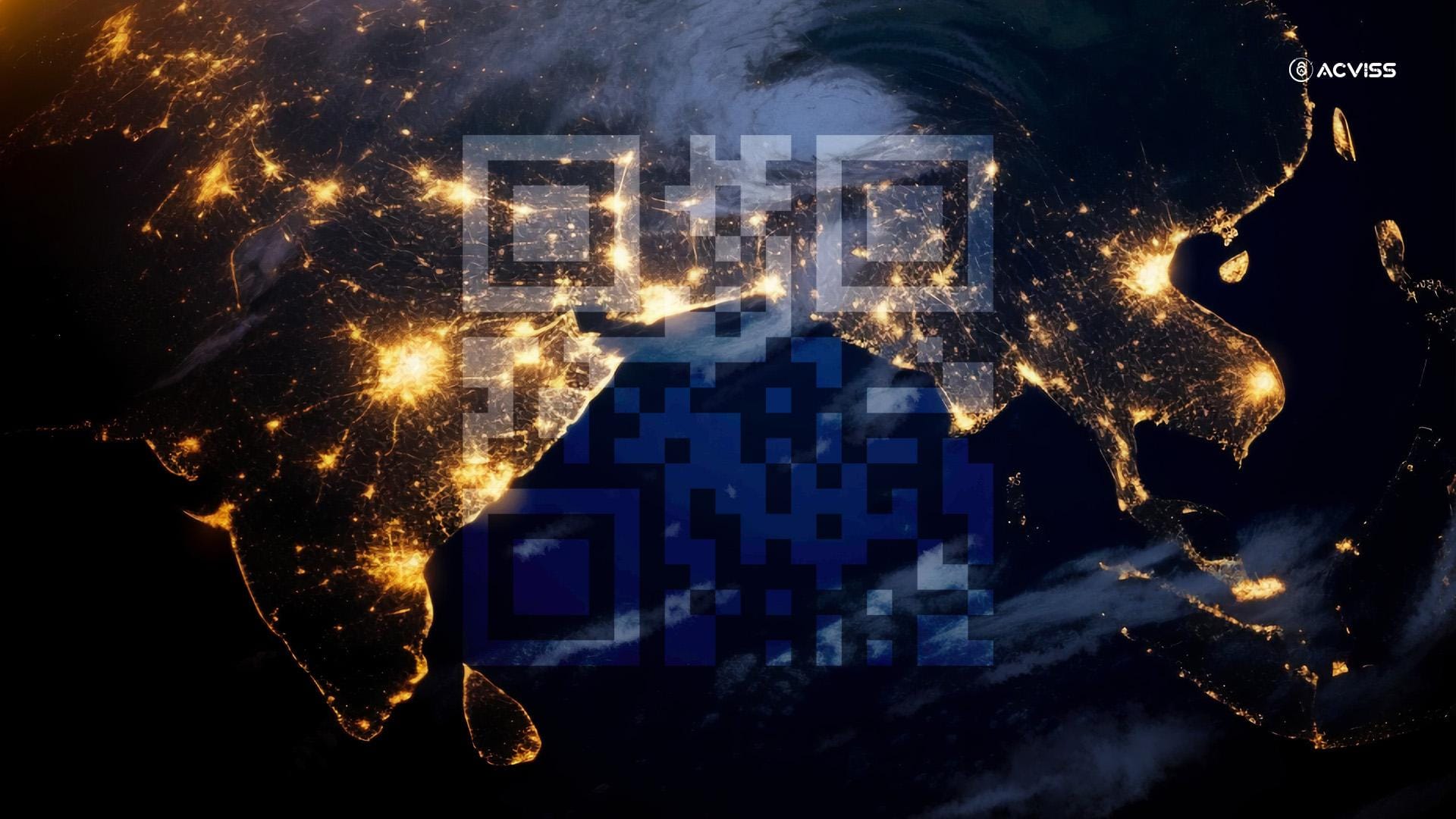
In India, QR codes are a cornerstone of offline marketing, driven by a booming digital economy and strict anti-counterfeiting regulations. With 829 million smartphone users in 2023, QR codes are widely adopted in retail, agriculture, and fashion. Indian regulations, such as the Legal Metrology Act, emphasise product authenticity, making solutions like Certify critical.
Trends include:
- Retail Adoption: Brands use QR codes on packaging for loyalty programs and authentication, as seen with Kitply Industries’ plywood.
- Agriculture: Farmers scan QR codes to verify fertilisers, combating fakes that cost the sector millions annually.
- Compliance: Certify’s GDPR compliance and ISO 270001 certification ensure adherence to Indian data security standards, making it a trusted choice.
For example, an Indian fashion brand using Certify on flyers can meet regulatory requirements while assuring customers of authenticity, aligning with local and global standards.
Certify by Acviss: Powering Secure Campaigns
Certify by Acviss is a product for authentication that transforms QR codes into trust-building tools. Its non-cloneable QR codes allow consumers to verify product authenticity with a scan, while brands gain real-time scan data to combat counterfeiting.
Key features include:
- Anti-Counterfeiting: Certify’s QR codes are impossible to replicate, protecting against fake products. Kitply Industries uses Certify to ensure plywood authenticity.
- Product Tracking: Tracks scan locations, helping detect unauthorised distribution or grey markets.
- Seamless Integration: Deploys within weeks, integrating with ERP or e-commerce platforms.
- Consumer Trust: Scans reveal product origins, as seen in agriculture brands tackling fake fertilisers.
Protecting over 2 billion products globally, Certify’s GDPR and ISO 270001 certifications ensure security. For offline campaigns, Certify makes QR codes a dual-purpose tool for engagement and brand protection.
Benefits and Challenges of QR Code Campaigns
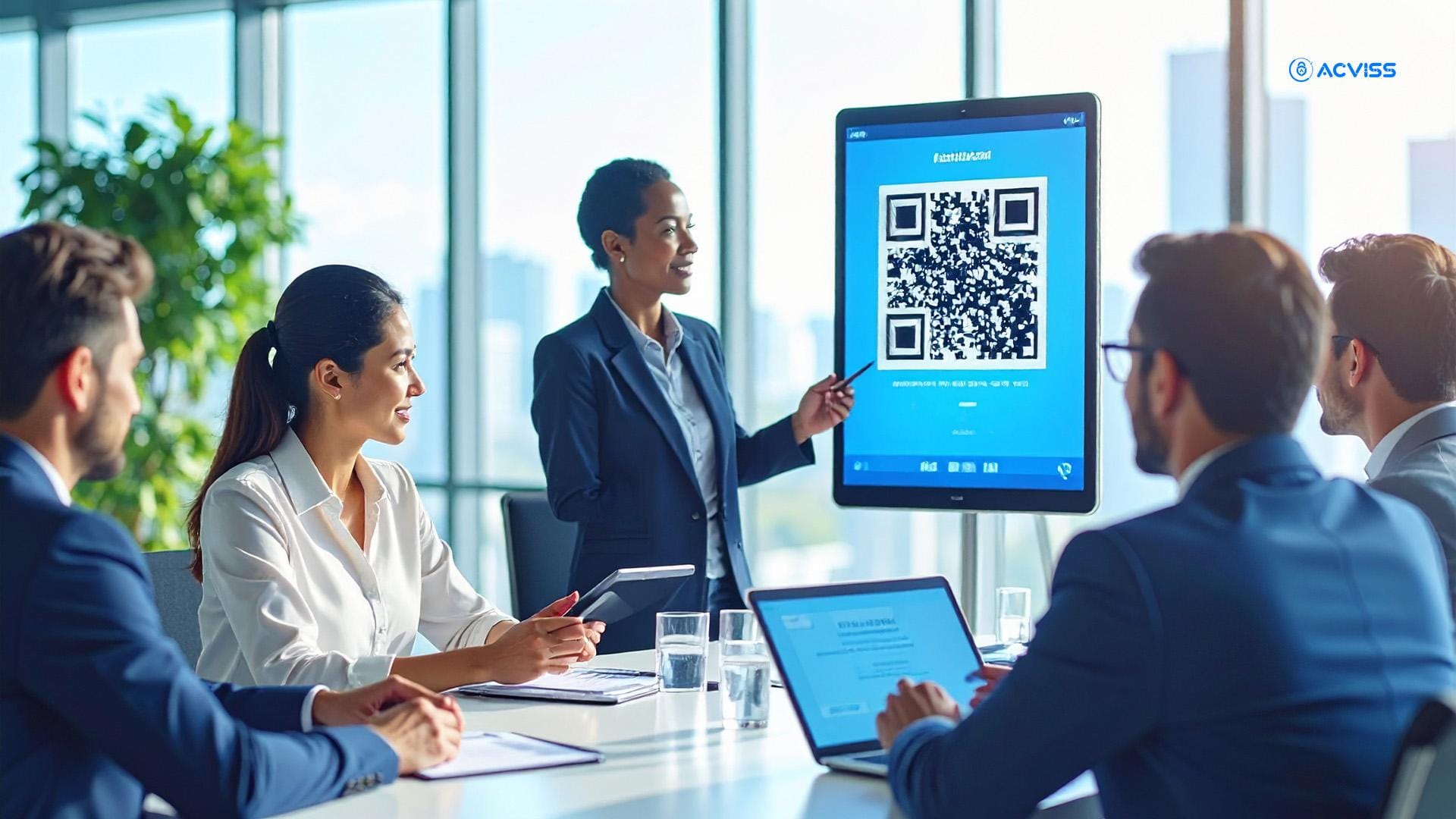
Benefits:
- High ROI: QR codes are inexpensive to create, with 57% of consumers scanning food product codes for information.
- Brand Protection: Certify prevents counterfeiting, saving brands from $3 trillion in annual losses.
- Sustainability: QR codes reduce paper waste, as Heinz’s eco-friendly campaign showed.
- Versatility: Ideal for flyers, packaging, and billboards across industries.
Challenges:
- Design Errors: Small, low-contrast, or blurry codes fail to scan. Testing is crucial.
- Consumer Education: Older demographics may need guidance on scanning.
- Landing Pages: Non-mobile-optimised pages deter engagement.
Certify mitigates these with scannable, secure QR codes and seamless integration, ensuring campaign success.
QR Codes as Trust Catalysts
QR codes aren’t just marketing tools—they’re trust catalysts. In a world where counterfeiting costs $3 trillion annually, a scan that verifies authenticity is a moment of reassurance. Certify by Acviss turns QR codes into digital trust anchors. It ensures consumers and brands are protected. Think of them as lighthouses guiding ships through foggy supply chains; each scan illuminates authenticity and engagement. This dual role makes QR codes indispensable for offline campaigns in 2025.
Conclusion
QR codes are revolutionising offline campaigns, offering engagement, tracking, and brand protection in one scan. By using the right size, dynamic codes, engaging designs, and Certify by Acviss, brands can maximise impact while combating counterfeiting. In India and beyond, with only 13% of companies fully mapping supply chains, tools like Certify are vital for transparency and trust. Don’t let your campaign be just another flyer, make it a trust-building moment.
Ready to power your offline campaigns? Get in touch with our experts and discover how Certify by Acviss can secure your brand and engage consumers.
